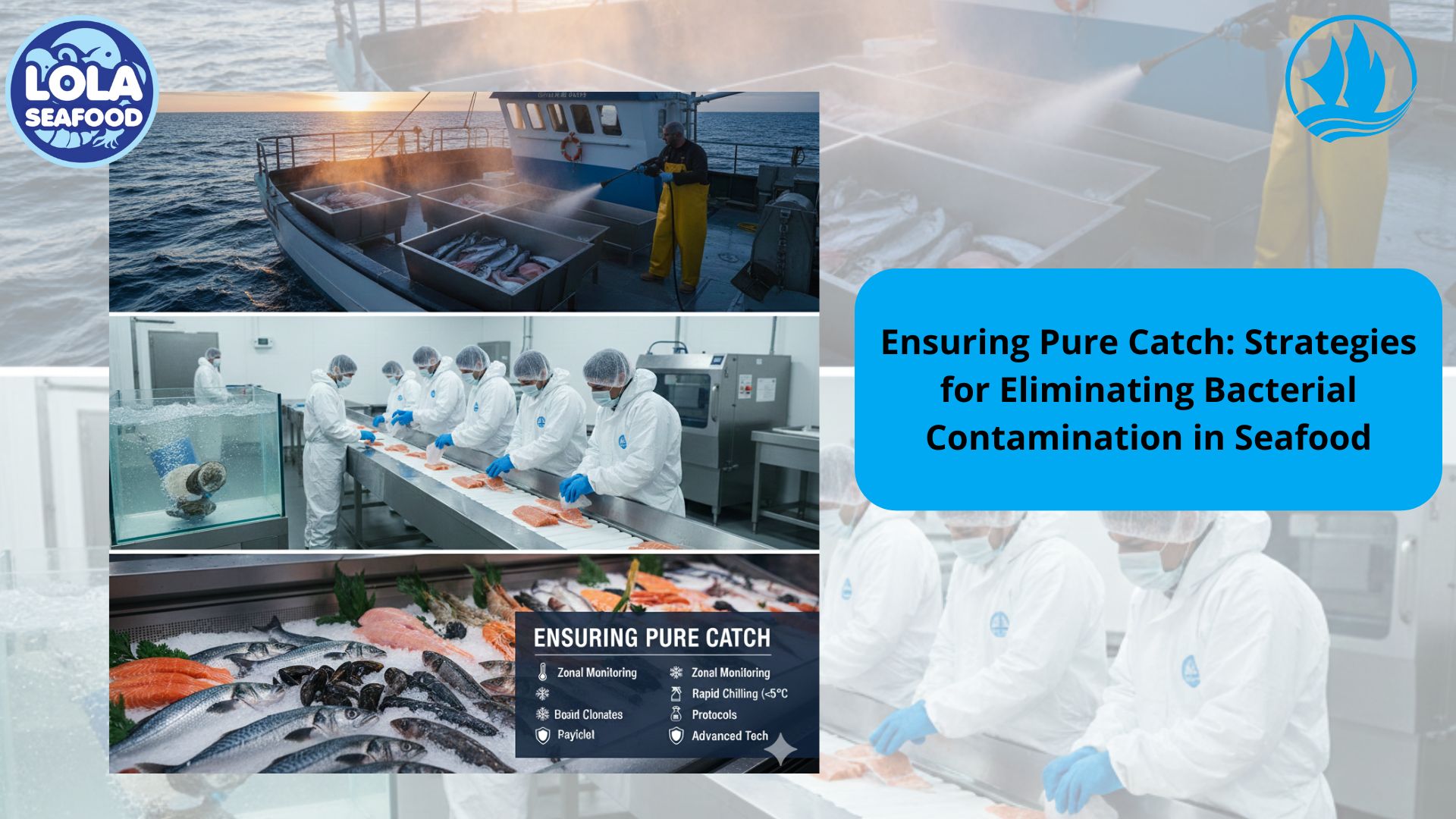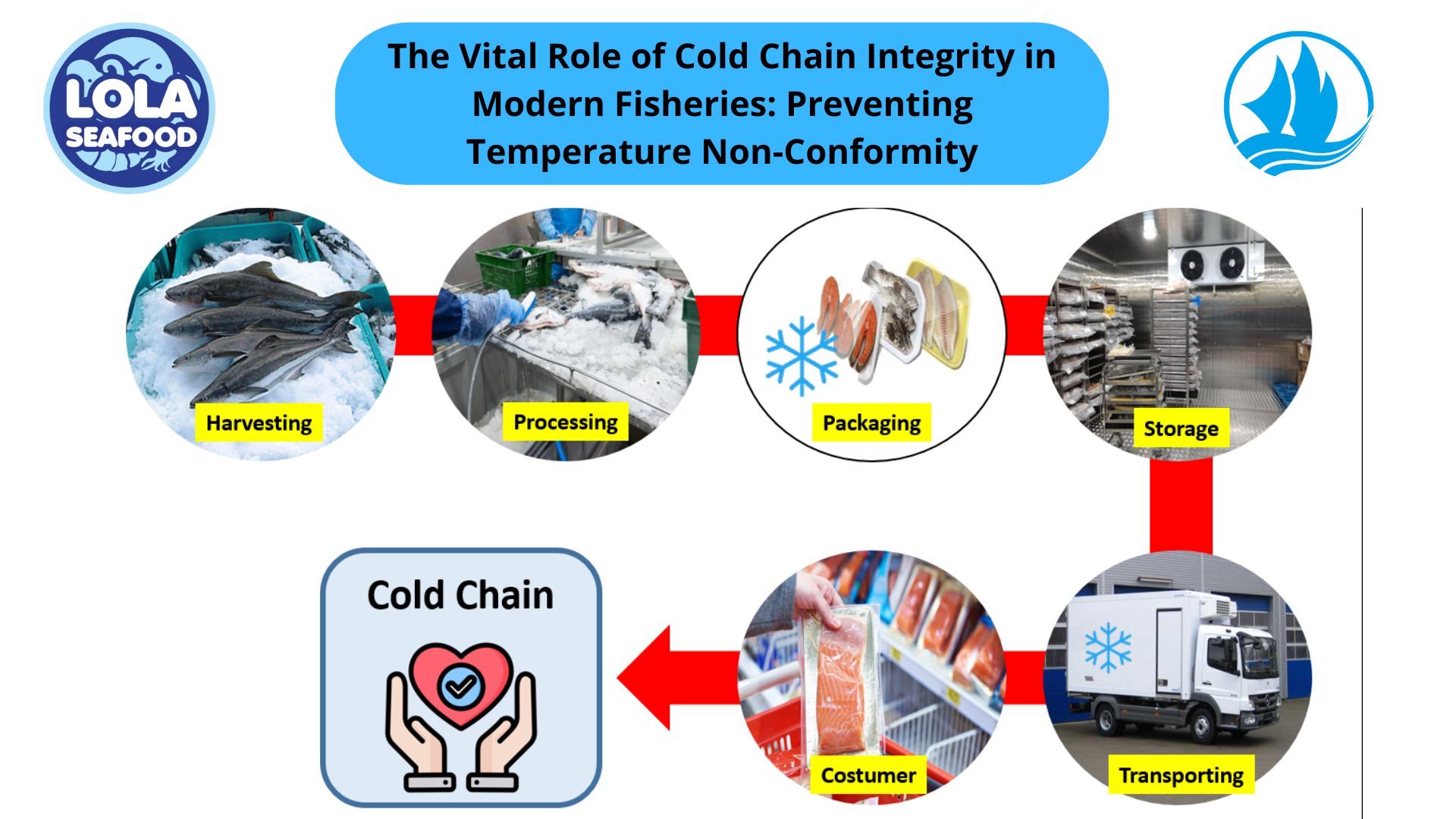NEMATODES IN FISH
By. Najih - 13 Oct 2023
kelolalaut.com - Nematodes, or roundworms, infect many different species of aquaculture and wild fish. What are the common nematodes in fish?
1. CAMALLANUS
Target Tissues: Intestinal tract; all other organs
Appearance: Smooth, cylindrical, elongated, reddish thread-like worm
Size: Up to 1 cm in length
Movement: Free-moving; serpentine (snake-like) movement
Note: Often protrudes from anus; live-bearer; larvae may be seen in adult; indirect life cycle (requires intermediate invertebrate host)
2. CAPILLARIA
Target Tissues: Gastrointestinal tract
Appearance: Smooth, elongated, worm; double-operculated barrel-shaped eggs may be seen in females; may see eggs only in fish tissues
Size: Males approx. 5.4–7.4 mm; gravid females approx. 9.4–16.5 mm
Movement: Free-moving; serpentine (snake-like) movement
Note: Direct life cycle; can spread directly from fish to fish
3. CONTRACAECUM
Target Tissues: Body cavity, liver, muscle, heart, swim bladder
Appearance: Grossly visible; often seen coiled (encysted)
Size: Larvae (found in fish) up to approx. 20 mm in length
Movement: Movement usually not seen in fish
Note: Indirect life cycle includes birds and invertebrates
4. EUSTRONGYLIDES
Target Tissues: Internal tissues
Appearance: Grossly visible; coiled, reddish worm (encysted)
Size: Larvae (found in fish) 11–83 mm in length
Movement: Movement usually not seen in fish
Note: Fish is intermediate host; definitive host is wading bird; oligochaete worm required as intermediate host in some species
In aquaculture situations, fish become infected with nematodes if they are fed live foods containing infective life stages or if they are raised in culture settings that promote the growth of other animals that carry the infective stages of the nematode (vector or paratenic host) or allow nematodes to complete their life cycle (intermediate hosts). Some nematodes can be transmitted directly from fish to fish. Adult nematodes are typically found in fish digestive tracts.
Small numbers of nematodes may be present in fish without causing significant symptoms. In more severely infected fish, evidence of disease can include emaciation (wasting or significant loss of body mass), nodules or masses present in skin or muscle, stunted growth, abnormal swimming, lethargy, or death. Adult nematodes in the digestive tract can deprive fish of nutrients causing the fish to waste. Nematodes use hosts to complete their life stages. When fish are infected with adult reproductive nematodes, they are known as the definitive host of that nematode species.
.jpg)
The Impact of HACCP-Based Integrated Quality Management Programs on the Quality and Competitiveness of Fresh Demersal Fish Products
 and Employee Productivity on the Demersal Fish Processing Floor.jpg)


.jpg)



